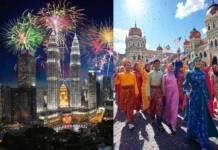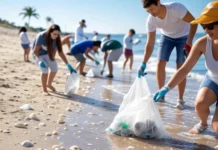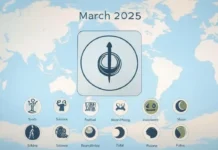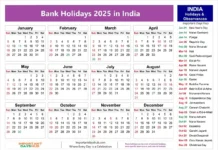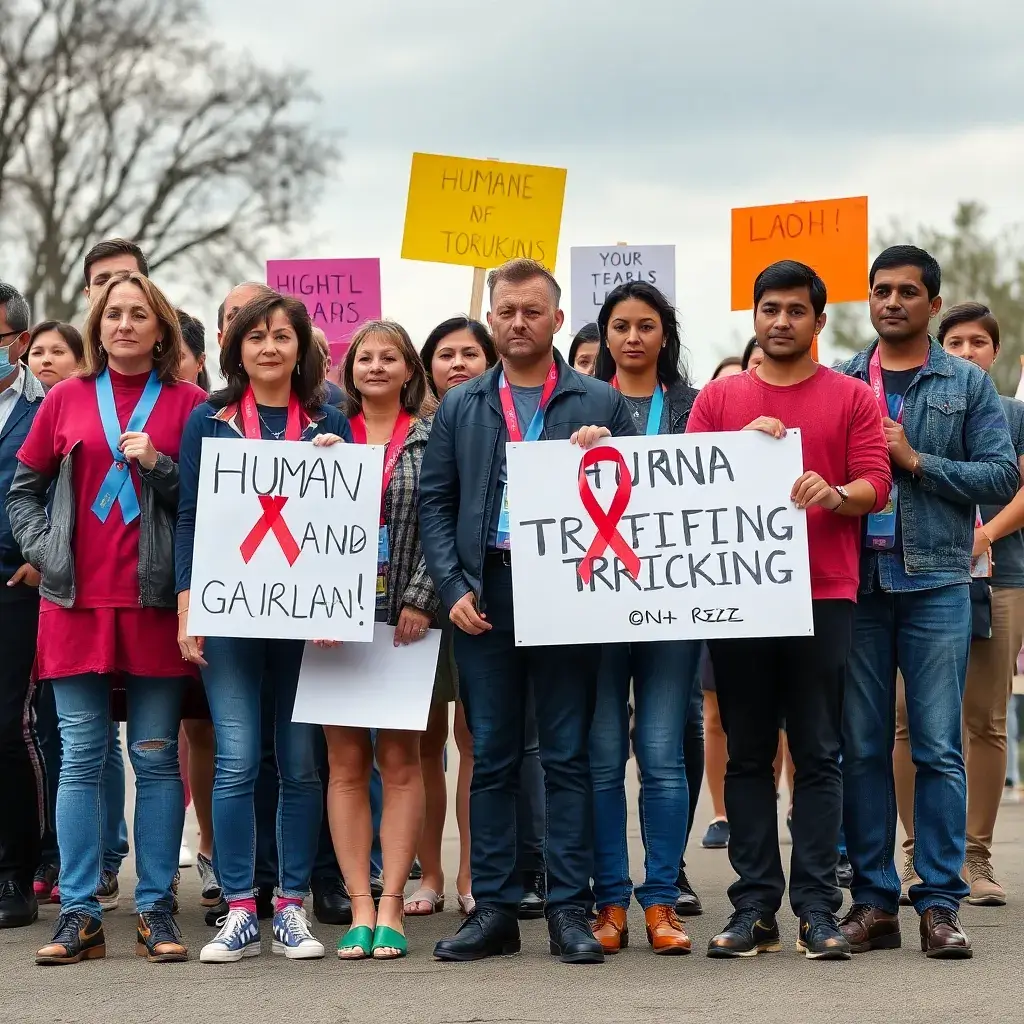
National Human Trafficking Awareness Day is observed every year on January 11 to raise awareness about human trafficking, a serious issue where people are forced into labor or sexual exploitation against their will. This day helps educate the public about the problem, support victims, and encourage people to take action against this crime.
Human trafficking is not just an issue in faraway countries—it’s a growing problem everywhere, including in India. Victims of trafficking are often tricked or forced into dangerous situations, where they are treated like slaves. This day helps remind us of the need to have stronger laws, better support for victims, and for everyone to be more alert and aware.
By recognizing National Human Trafficking Awareness Day, we can work together to stop this terrible crime and protect people’s rights all over the world.
Key Details
| Detail | Information |
|---|---|
| Date & Day | January 11, Saturday -2025 |
| Theme | “Human Trafficking: Know the Signs, Take Action” (varies annually) |
| Organizing Body | U.S. Department of Homeland Security (DHS), NGOs, Anti-Trafficking Organizations, Government Agencies |
| Type of Observance | National (U.S.), observed globally |
| Global Reach | A global observance, with participation from various countries, including awareness events in India, Europe, and Africa |
| Key Activities | Rallies, public awareness campaigns, social media campaigns, educational webinars, survivor advocacy events, wearing blue ribbons, and outreach programs |
| Hashtags | #HumanTraffickingAwareness #EndHumanTrafficking #FreedomForAll #StopHumanTrafficking #KnowTheSigns |
History and Origin
National Human Trafficking Awareness Day was established in 2007 as part of the broader efforts to combat human trafficking and support survivors. The day was first officially recognized by the U.S. Congress, and its purpose was to raise public awareness about the ongoing issue of human trafficking. January 11 was chosen because it falls in close proximity to the anniversary of the passage of the Trafficking Victims Protection Act (TVPA) of 2000, which was the first comprehensive U.S. federal law to combat human trafficking.
The establishment of this day also serves to highlight the critical work of advocacy organizations and survivors who continue to fight for justice and recovery. National Human Trafficking Awareness Day encourages lawmakers, law enforcement, and the general public to stand against trafficking in all forms, whether it’s labor trafficking, sex trafficking, or organ trafficking.
Importance and Objectives
The primary goal of National Human Trafficking Awareness Day is to educate individuals about the warning signs of human trafficking and to encourage people to take action. It serves as a reminder that trafficking is not only a criminal issue but also a humanitarian crisis that impacts millions of victims, including children and adults. The observance calls on everyone to learn how to recognize the signs of trafficking, support victims, and push for stronger laws to prevent trafficking.
This day also aims to provide a platform for survivors to share their stories and advocate for systemic change to help prevent trafficking in the future. By raising awareness, we can help end the cycle of exploitation and suffering that human trafficking causes.
How It Is Celebrated
Global Observance
Across the globe, organizations, governments, and individuals take part in various activities to raise awareness on National Human Trafficking Awareness Day. Public campaigns, social media initiatives, and community events are common, with people wearing blue or displaying blue ribbons to symbolize their commitment to ending trafficking.
In the United States
In the U.S., several events are organized by government agencies, non-profit organizations, and advocacy groups. These events include rallies, educational webinars, survivor testimony sessions, and the distribution of informational materials. The U.S. Department of Homeland Security often partners with other organizations to amplify the impact of this day.
In India
In India, National Human Trafficking Awareness Day is observed through awareness programs and collaborations between government bodies, NGOs, and law enforcement agencies. Many organizations conduct street plays, distribute pamphlets, and use social media platforms to reach out to the public. Special focus is given to educating communities that are at high risk of trafficking, such as those living in poverty or facing social marginalization.
Facts
- Human trafficking is estimated to be a $150 billion industry worldwide, affecting millions of men, women, and children.
- According to the International Labour Organization (ILO), nearly 40 million people globally are victims of modern slavery, including trafficking for sex and labor exploitation.
- In the U.S. alone, more than 10,000 human trafficking cases are reported annually.
- Victims of human trafficking often face severe psychological trauma and physical abuse, making recovery a complex and ongoing process.
- Trafficking can occur in a variety of industries, including agriculture, construction, domestic work, and entertainment.
Quotes or Messages
- “The greatest threat to our planet is the belief that someone else will save it.” — Robert Swan
- “To end trafficking, we must first educate ourselves and our communities.” — Anonymous
- “Human trafficking is not just a crime, it’s a violation of basic human rights. Let’s stand together to stop it.” — Unknown
Conclusion
National Human Trafficking Awareness Day serves as a powerful reminder of the urgent need to address human trafficking on both a local and global scale. The day offers a crucial opportunity for individuals and organizations to come together, raise awareness, and take concrete steps to prevent trafficking. Whether through education, advocacy, or supporting survivors, each of us can make a difference.
As we continue to observe this day, let’s be proactive in recognizing the signs of human trafficking and work toward a world where every individual is free from exploitation and abuse. To make an impact, you can start by sharing information on social media, participating in awareness campaigns, and supporting organizations that fight against human trafficking.
Leave a comment below to share your thoughts on National Human Trafficking Awareness Day, or explore more related content on our website. Together, we can take a stand for freedom and justice.




